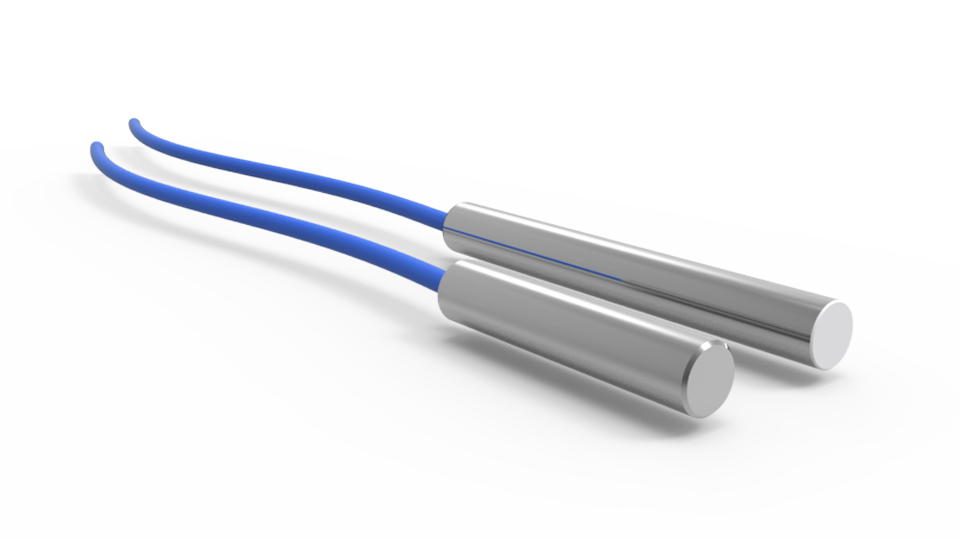Temperature
Temperature sensors are crucial in geotechnical monitoring and SHM for several reasons:
- Thermal Expansion: temperature changes cause materials to expand or contract. In structures and geotechnical systems, such as bridges, dams, or underground tunnels, temperature fluctuations can lead to significant expansion or contraction of the materials used.
- Material Properties: temperature affects the mechanical properties of materials. For example, the strength and stiffness of concrete, steel, or soil can vary with temperature.
- Thermal Gradients: temperature differences across a structure or geotechnical system can create thermal gradients, which may induce internal stresses. These stresses can lead to deformations, cracks, or structural instability.
Temperature sensors are housed in a rugged, waterproof body for direct installation in concrete or harsh environmental conditions. Different measurement technologies can be chosen to meet all monitoring objectives: platinum RTD (PT-100) or thermistor sensors. RTD technology is recommended when high accuracy is required, while thermistors are the compromise solution between cost and performance.
Temperature strings with up to 16 measurement points are available for monitoring thermal profiles of boreholes (e.g., for ground freezing projects), monitoring the curing temperature of large masses of concrete in dams, monitoring permafrost in landslides, and other applications.









